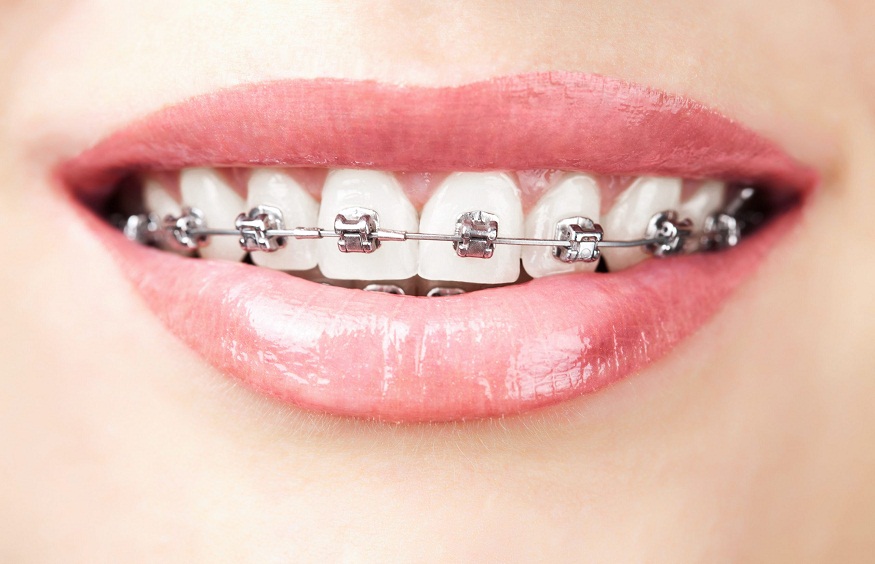The field of orthodontics has witnessed significant transformations in recent years, driven by cutting-edge advancements in bracket and wire technology. Traditional orthodontic appliances have evolved into sophisticated, high-performance systems, revolutionizing the treatment landscape. Modern orthodontic brackets and wires boast enhanced aesthetics, improved efficiency, and increased precision, enabling orthodontists to achieve optimal smile aesthetics and functional outcomes. From self-ligating brackets to shape-memory alloys, and from ceramic to lingual designs, these innovations offered by the orthodontist in Irving, TX have redefined the boundaries of orthodontic care, offering patients faster, more comfortable, and more discreet treatment options.
This article delves into the latest developments in orthodontic brackets and wires, exploring their benefits, applications, and future directions.
Understanding orthodontic brackets and wires
Orthodontic brackets and wires are essential components of fixed orthodontic appliances, used to correct malocclusions and achieve optimal tooth alignment.
- Brackets are small attachments bonded to individual teeth, serving as anchors for the orthodontic wire. These brackets come in various materials, such as stainless steel, ceramic, or lingual designs, and may be self-ligating or conventional.
- Orthodontic wires, made from materials like nickel-titanium, copper-nickel-titanium, or beta-titanium, are inserted through the brackets, applying gentle, continuous force to guide tooth movement. The wire’s shape, size, and material properties determine the type and duration of force applied, allowing orthodontists to precisely control tooth movement and achieve desired treatment outcomes.
Advances in orthodontic brackets
Advances in orthodontic brackets have significantly improved the efficiency, comfort, and aesthetics of orthodontic treatment. Some notable developments include:
Material Advances
- Ceramic brackets: Aesthetic, tooth-colored options.
- Stainless steel brackets: Strong, durable, and cost-effective.
- Lingual brackets: Hidden behind teeth for discreet treatment.
- Titanium brackets: Hypoallergenic, corrosion-resistant.
Design Innovations
- Self-ligating brackets: Eliminating elastic ligatures.
- Passive self-ligating brackets: Reduced friction.
- Active self-ligating brackets: Enhanced control.
- Customizable brackets: 3D printed or CAD/CAM designed.
Aesthetic Options
- Clear brackets: Transparent or tooth-colored.
- Invisible brackets: Lingual or behind-the-teeth placement.
- Color-coded brackets: Personalized options.
Evolution of orthodontic wires
The evolution of orthodontic wires has played a crucial role in advancing orthodontic treatment, enhancing efficiency, comfort, and effectiveness.
Modern Advances (1970s-1990s)
- Nickel-titanium (NiTi) wires: Introduced for their shape-memory properties and flexibility.
- Copper-Nickel-Titanium (CuNiTi) wires: Combined strength, corrosion resistance, and thermal sensitivity.
- Beta-Titanium (β-Ti) wires: Offered exceptional strength, flexibility, and low load-deflection rates.
Contemporary Developments (2000s-present)
- Shape-Memory Alloys (SMAs): Wires that “remember” their original shape.
- Active and Passive Wires: Designed for specific treatment phases.
- Coated Wires: Enhanced biocompatibility and corrosion resistance.
- Fiber-Reinforced Wires: Combining polymer and metal properties.
Exploring smart brackets and wires
Integrating technology and materials science:
- Shape-Memory Alloys (SMAs): Wires that remember their original shape, applying continuous force.
- Piezoelectric Wires: Generating electrical charges in response to mechanical stress, enhancing tooth movement.
- Micro-Implant Anchorage: Miniature implants provide stable anchorage for complex cases.
Benefits of orthodontic brackets and wires
Advances in orthodontic wires and brackets offer:
- Improved Efficiency: Reduced treatment duration and frequency of adjustments.
- Enhanced Patient Comfort: Increased flexibility, reduced friction, and minimized irritation.
- Increased Accuracy: Precise tooth alignment and optimal smile aesthetics.
- Expanded Treatment Options: Complex cases, adult orthodontics, and interdisciplinary treatments.
Takeaway
The advancements in orthodontic brackets and wires have revolutionized the field of orthodontics, transforming treatment efficiency, patient comfort, and clinical outcomes. From the introduction of aesthetic ceramic brackets to the development of shape-memory alloys and smart wires, these innovations have significantly improved the precision and effectiveness of orthodontic care. With ongoing research and technological integration, the future of orthodontics promises even more exciting developments, including personalized 3D printed brackets and wires, bioactive coatings, and enhanced digital orthodontic systems. As orthodontists and dental professionals continue to push the boundaries of innovation, patients can expect shorter treatment times, reduced discomfort, and exceptional smile aesthetics, solidifying the role of orthodontics as a cornerstone of modern dentistry.

